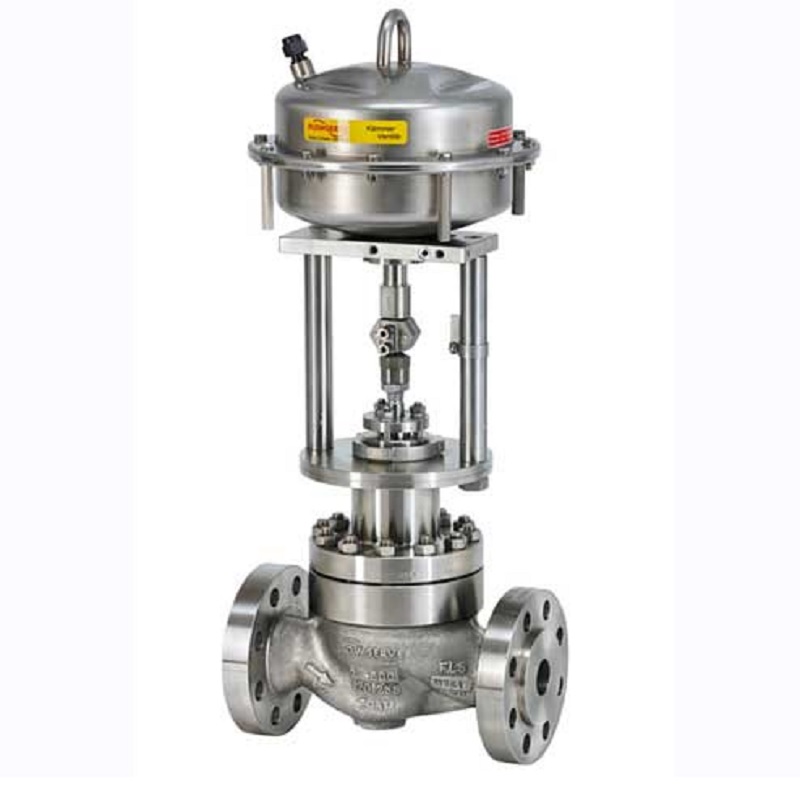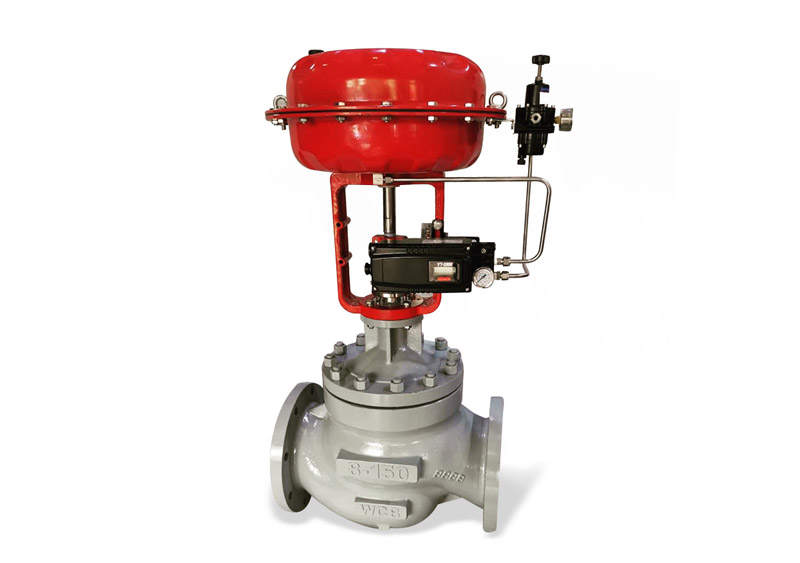Reliable Control Valves: Key Elements for Effective System Management
Reliable Control Valves: Key Elements for Effective System Management
Blog Article
Achieve Seamless Integration and Control With Quality Building Automation Controls
In the realm of modern structure administration, the relevance of top quality structure automation controls can not be overstated. Welcoming quality building automation controls is not simply an issue of ease but a strategic critical for companies intending to maximize their centers' performance and sustainability.

Advancement of Structure Automation Controls
Throughout the past couple of years, the advancement of developing automation controls has considerably transformed the way buildings are taken care of and run. At first, developing automation systems mostly concentrated on standard functions such as controlling air, air flow, and home heating conditioning (A/C) systems. Nonetheless, as innovation advanced, these controls have come to be more innovative, permitting a broader series of building systems to be integrated and managed centrally.
The advancement of constructing automation controls has seen a shift in the direction of even more intelligent systems that can adapt to transforming problems in real-time. This adaptability is important for maximizing energy effectiveness and ensuring occupant comfort. Furthermore, modern-day structure automation controls currently supply attributes such as predictive maintenance, remote monitoring, and data analytics, enabling facility managers to make data-driven choices to enhance building efficiency.

Benefits of High Quality Integration
The innovation in structure automation manages in the direction of even more intelligent systems has underscored the significant benefits of high quality assimilation in optimizing structure operations and boosting general performance. This central control also provides far better visibility and insights into building performance, enabling positive upkeep and optimization approaches. In general, the benefits of high quality assimilation in building automation controls are undeniable, using increased performance, convenience, and operational performance.
Boosted User Experience and Accessibility
Enhancing individual interaction with building automation manages via intuitive design and boosted availability raises the total experience for residents and center supervisors alike. By focusing on individual experience, constructing automation systems can end up being more user-friendly and reliable. User-friendly interfaces, clear navigating, and customizable settings equip individuals to communicate with the controls quickly and successfully.
Accessibility features play an important function in guaranteeing that all individuals, consisting of those with disabilities, can utilize the structure automation manages with simplicity. Incorporating attributes such as voice commands, responsive buttons, and color-contrasted screens can enhance access and make the controls extra inclusive.
In addition, boosted user experience brings about greater customer satisfaction, raised productivity, and far better decision-making. Owners can readjust environmental setups according to their preferences, while center managers can effectively check and take care of building systems - control valves. In Our site general, focusing on customer experience and availability in building automation controls adds to an extra productive and seamless structure environment for all stakeholders included
Sustainable Practices With Automation

Additionally, automation can facilitate the combination of sustainable energy resources such as solar panels or wind turbines into building procedures. Via automation, structures can line up with modern-day sustainability objectives and add to a greener future.
Future Trends in Building Control Equipment
In expectancy of advancing webpage technologies and evolving sustainability methods, the trajectory of building control systems is poised to accept innovative solutions and transformative methods. One noticeable trend forming the future of building control systems is the raised integration of Artificial Knowledge (AI) and device discovering. These technologies make it possible for buildings to adapt in real-time to transforming conditions, maximizing energy consumption and improving comfort for passengers. Furthermore, the Internet of Points (IoT) is revolutionizing structure control systems by linking sensors and tools to improve and improve operations effectiveness.
One more crucial trend is the emphasis on cybersecurity procedures to safeguard versus potential threats to developing automation systems. As structures come to be more interconnected, guaranteeing durable cybersecurity protocols will certainly be necessary to protect sensitive data and protect against unauthorized access.
In addition, the shift in the direction of cloud-based platforms is obtaining momentum, enabling centralized control and remote accessibility to structure systems. This promotes easier monitoring, maintenance, and updates, enhancing the total performance and flexibility of building control systems. As innovation remains to advance, these patterns are anticipated to form the future my website landscape of structure automation controls, driving innovation and sustainability in the built atmosphere.
Conclusion
Future patterns in structure control systems are most likely to concentrate on more boosting automation abilities for boosted energy efficiency and general efficiency. It is crucial for building owners and drivers to prioritize the fostering of high quality building automation regulates to enhance building operations and accomplish long-lasting sustainability objectives.
In the realm of modern-day building monitoring, the relevance of top quality structure automation controls can not be overstated. On the whole, the evolution of structure automation regulates proceeds to drive technology in the structure monitoring market, using new possibilities for producing smarter and extra lasting buildings.
The development in structure automation controls towards more intelligent systems has actually underscored the considerable benefits of top quality combination in maximizing building operations and improving general performance. On the whole, focusing on user experience and access in building automation controls contributes to a more smooth and efficient building setting for all stakeholders involved.
It is crucial for building owners and drivers to prioritize the fostering of quality building automation regulates to enhance building procedures and accomplish long-term sustainability goals. - control valves
Report this page